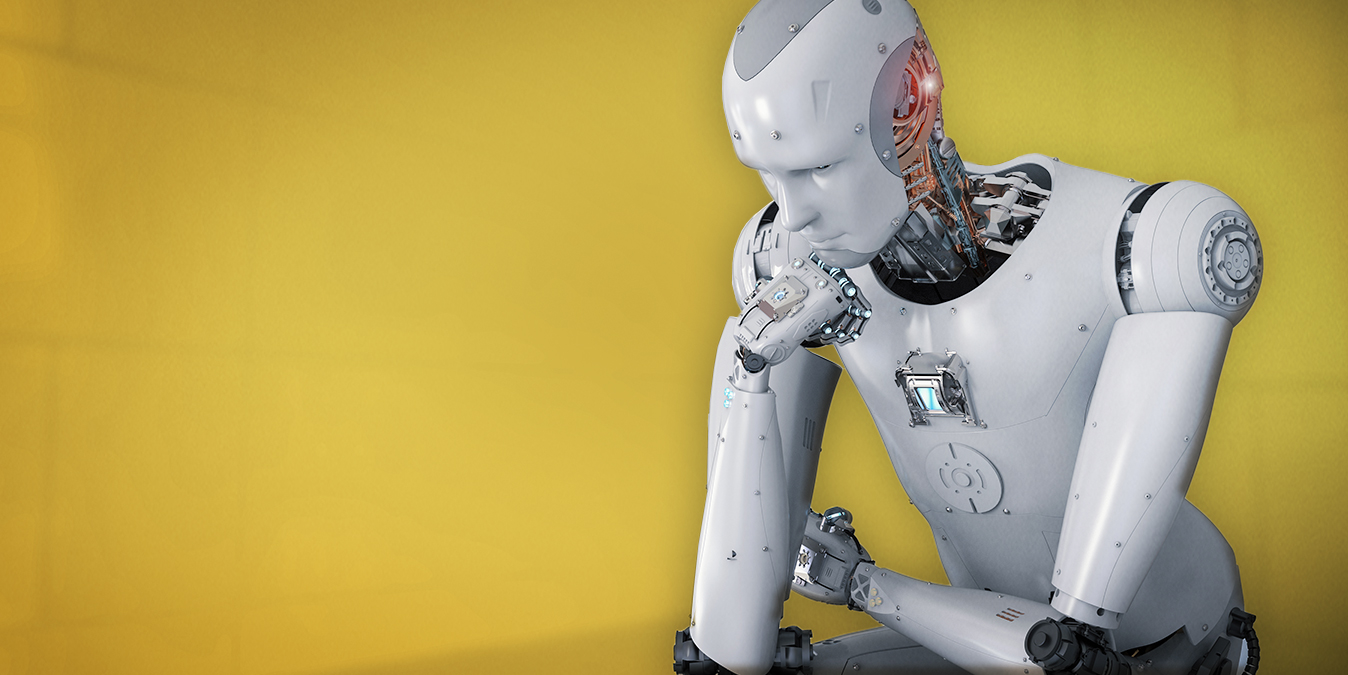Recently, there has been a growing concern that artificial intelligence (AI) will replace the need for instructional systems designers (ISDs) and other learning content creators. However, while AI can undoubtedly be a valuable tool in corporate learning and instructional design, it is unlikely to fully replace the specialized knowledge and skills of humans.
ISDs are experts in designing effective instructional materials and experiences for learners of all ages and backgrounds. They are trained to understand the complexities of teaching and learning and to develop strategies tailored to individual learners’ unique needs and abilities. Conversely, AI is a tool that can help automate certain aspects of the design process, such as data analysis and content creation. Still, it cannot replicate the creativity and adaptability that ISDs bring to their work.
A significant reason AI is not a replacement for ISDs is that the field of education is inherently complex and multifaceted. Teaching and learning involve much more than just transmitting information from a teacher to a learner. It requires the ability to create engaging learning experiences, build rapport, and adapt to different needs. These skills are honed over years of experience and training and cannot be replicated by AI.
Another critical factor is that AI is only as effective as the data it is trained on. While AI can certainly help identify patterns and trends in large datasets, it cannot fully understand the nuances of human behavior and learning. It is, therefore, crucial to have skilled ISDs involved in the design process to ensure that the instructional materials and experiences are grounded in sound educational principles and are tailored to the needs of individual learners.
AI is a valuable tool in the field of education and instructional design. For example, it can help automate content creation, data analysis, and grading tasks. However, it is important to recognize that AI is not a replacement for the specialized knowledge and skills of human ISDs. Instead, it should be seen as a tool that can enhance their work and help them to be more efficient and effective in their roles.
While AI is undoubtedly a powerful tool, it is unlikely to replace the specialized knowledge and skills of human ISDs fully. Education and instructional design are complex fields that require a deep understanding of human behavior and learning, as well as the ability to adapt to the needs of individuals. By adding AI tools to their toolsets, ISDs can enhance their work and be even more effective in designing high-quality materials and experiences for any learner.



